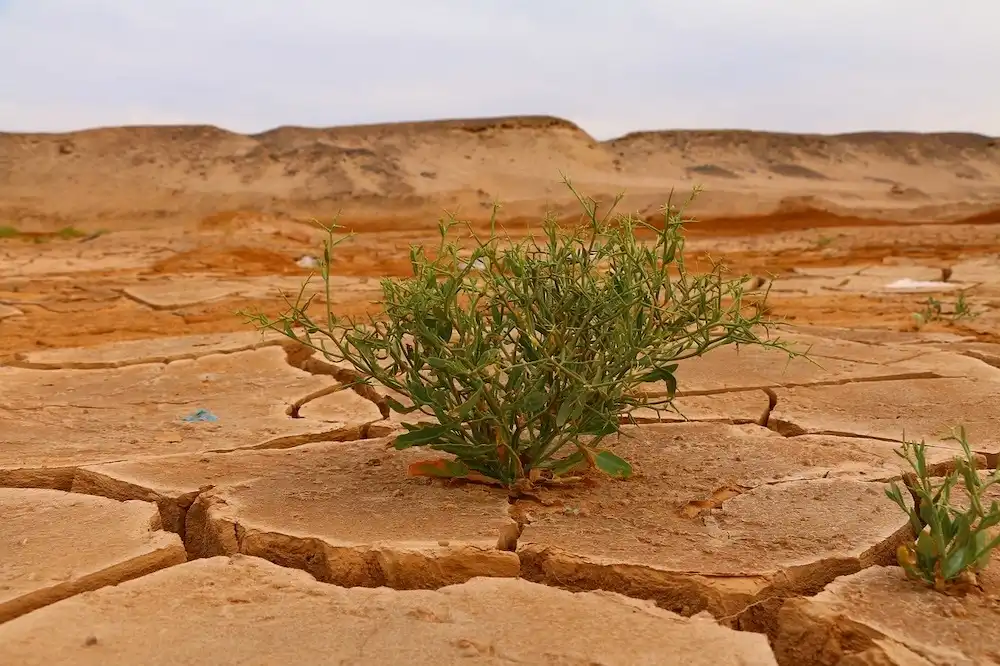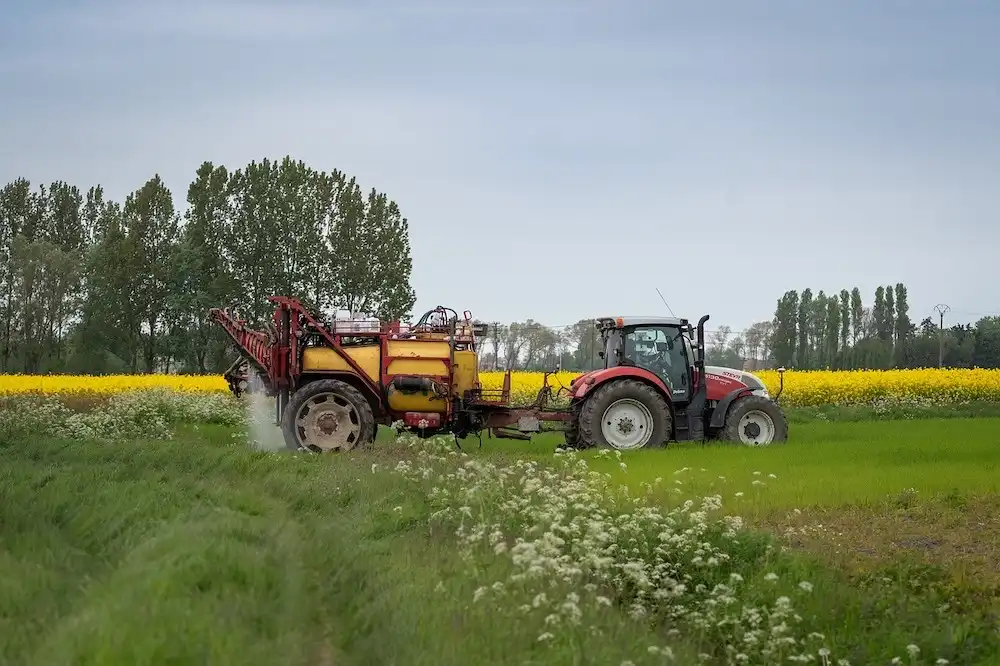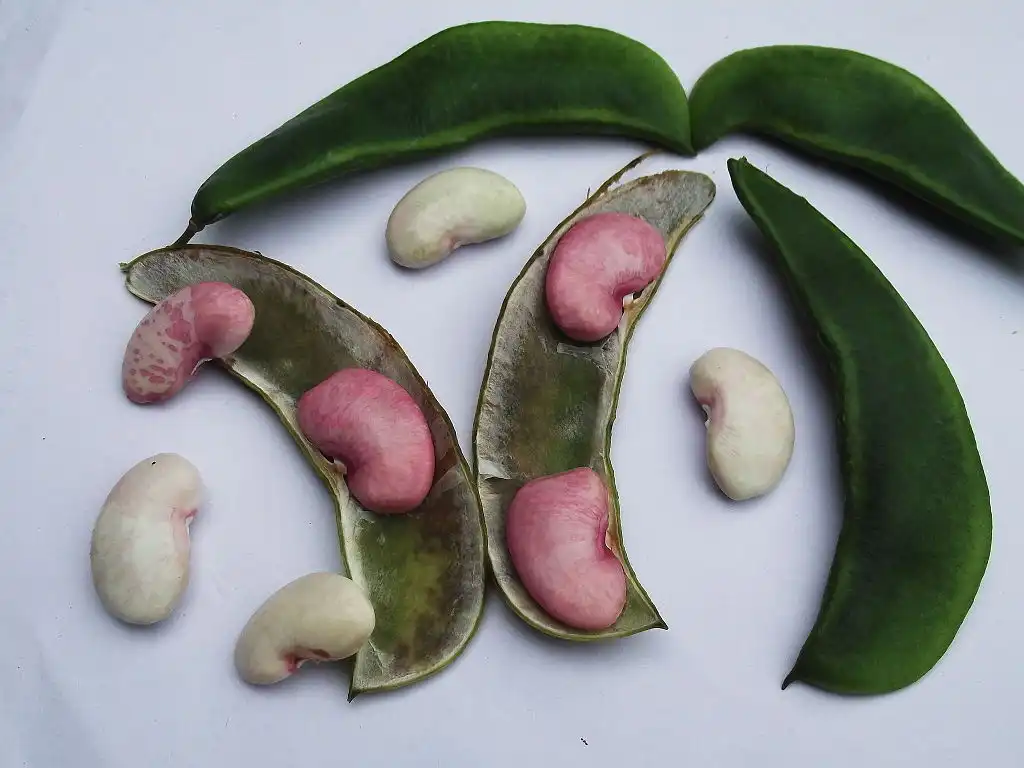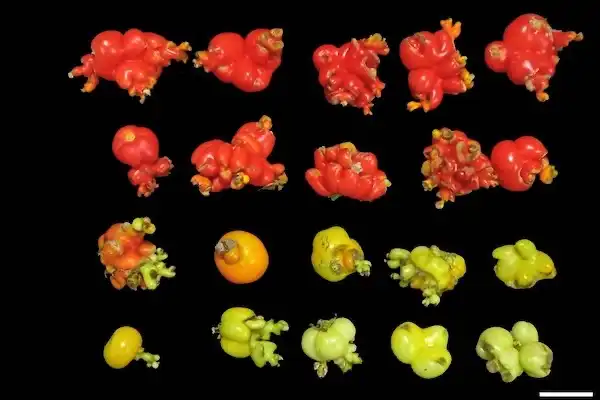
Researchers investigated the intricate interactions between moss, fungi, and endobacteria. Through microscopy and genetic analysis, they discovered that endobacteria within fungi influence their relationship with moss. These findings shed light on fundamental aspects of plant evolution.
Read More











